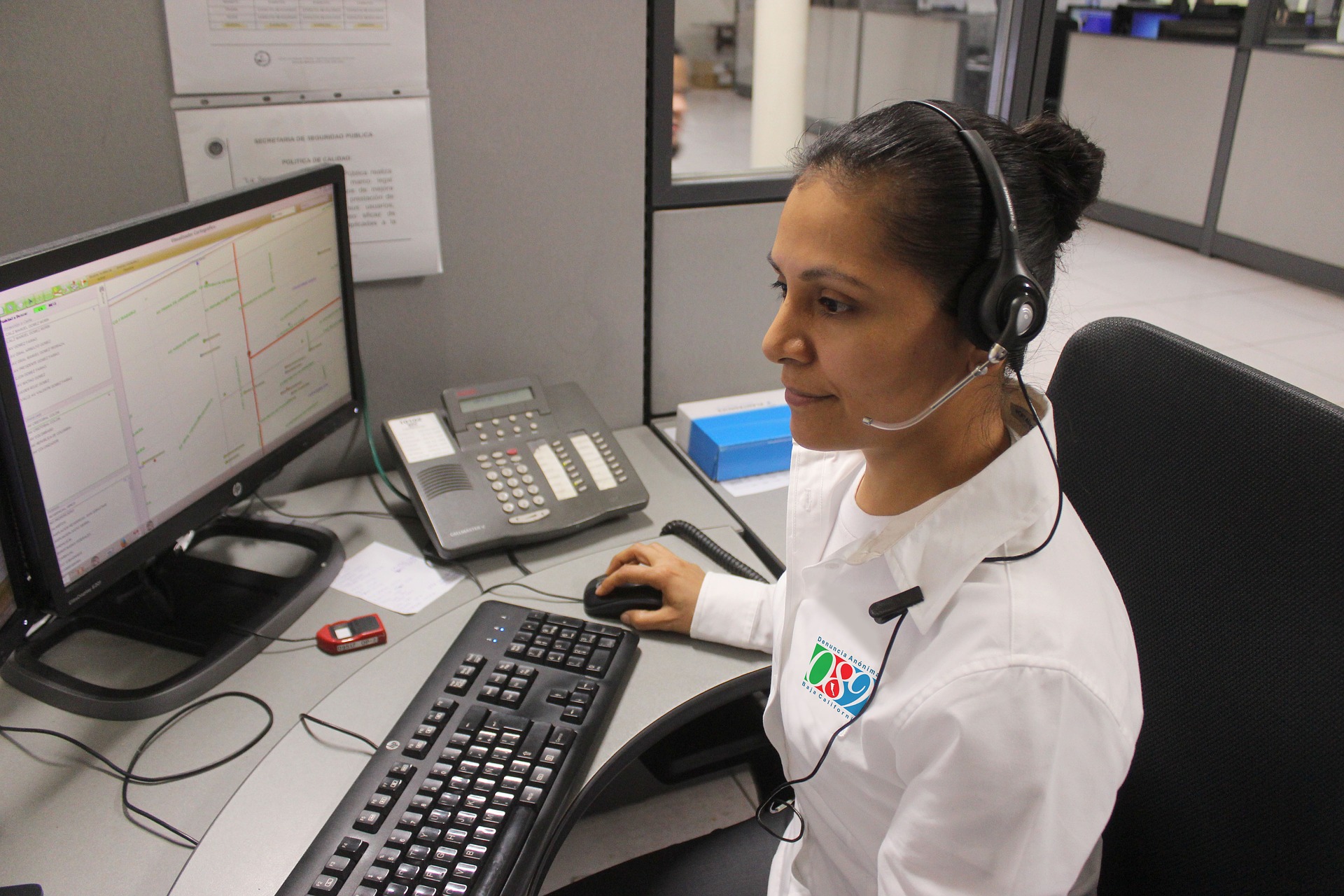Chapters
Chapter 5 – Communications, Accountability and Rapid Intervention Teams

https://pixabay.com/users/ernestoeslava-6289958
Communications
Clear effective communications are essential for a fire officer. These skills are required to provide direction to crew members, review new policies and procedures, and simply exchange information in a wide range of situations. One of the most important skills for a fire officer to develop is the ability to communicate effectively and manage communications during emergency incidents. Emergency communications require the fire officer to be confident and direct. This involves asking precise questions, giving clear and specific orders and providing accurate information in a timely fashion. That said, your success as a supervisor or an incident commander depends on how effectively you listen. As firefighters and team leaders provide updates and feedback to you it is essential that you listen and support them. Listening skills must be continually practiced.
Effectively transmitting radio reports requires a unique skill set. It is important for a fire officer to demonstrate proper radio protocols. The exchange of information should consist of a standardized format.
One example is the “Three C’s Format: Connect, Convey and Confirm
Connect with the intended recipient
Example, (sender) “Attack 1 this is Command” (receiver) “go ahead”
Convey your message
Example, (sender) “your clear to enter from Alpha 1st floor to Delta 2nd floor for fire attack.”
Confirm that the message understood
Example, (receiver) “Attack 1 is entering Alpha on 1 going to Delta on 2 for fire attack.”
To further enhance effective radio communications, the fire officer should use common language in a Calm, Clear and Concise manner.
Firefighter Accountability & Crew Integrity
Crew integrity is a critical element for firefighter safety. This means that firefighters stay together as a team of two or more, and at no time is a firefighter alone when operating inside a burning structure. It is critical that everyone at the scene is being supervised by someone. Following this concept will ensure that no one goes unaccounted for.
Accountability is a system used to track the location of crews while operating at an emergency scene. This system is overseen by Regulatory Bodies and Department SOG/P’s & Policies. There are many different systems available to track responders working on an emergency scene. For example, in British Columbia, most fire departments use the Passport Accountability System. This system utilizes a series of individual name tags placed on passports representing companies (Engines, Ladders and Rescues).
Rapid Intervention Team (RIT)
The Rapid Intervention Team’s sole task is to be “a dedicated crew of firefighters who are assigned for rapid deployment to rescue lost or trapped members.” NFPA 1407, Standard for Training Fire Service Rapid Intervention Crews explains what is required from a Rapid Intervention Crew. The crew can be two members from the Initial arriving apparatus, however, should be replaced by a dedicated crew of 2-4 (at a minimum) Officer/Firefighters at the earliest possibility.
Most Departments have developed RIT training and deployment procedures and utilize the standard “MAYDAY” communication to indicate a lost firefighter, injured firefighter or to transmit critical life-safety information to the Incident Commander. Any time a RIT team is deployed, they have priority on the radio system. Depending on a Departments Procedures, Dispatch may automatically initiate another alarm once a RIT deployment has happened. This can include additional engines/trucks, ambulances and Chief Officers. During a RIT deployment, it is possible that the RIT team leader might stay outside the building to liaison with the Incident Commander.
Rapid Intervention Teams should be consistently monitoring the building for changes in fire, smoke, structural stability, as well, monitoring radio communications to ensure they are aware of the number of firefighters and their locations inside the building.
The primary duties of a RIT are to prepare for, and to rescue trapped, injured or missing firefighters. Secondary duties can include: establishing a second means of egress on every floor firefighters are working at a structure fire, to control utilities, prepare a rescue action plan and to establish a RIT staging area equipped with dedicated rescue equipment. Examples of RIT equipment include:
- Additional SCBA/cylinders
- Forcible Entry Tools
- Search Ropes
- Thermal Image Cameras
- Dedicated Hose Lines
- Chainsaw/Rotary Saw depending on Building Construction
- Emergency Medical Equipment
- Other tools as per Operating Guidelines
In British Columbia, Worksafe BC Occupational Health and Safety Regulation 31.23 states the following:
“(1) When self-contained breathing apparatus must be used to enter a building, or similar enclosed location, the entry must be made by a team of at least two (2) firefighters.
(2) Effective voice communication must be maintained between firefighters inside and outside the enclosed location.
(3) During the initial attack of an incident, at least one (1) firefighter must remain outside.
(4) A suitably equipped rescue team of at least two (2) firefighters must be established on the scene before sending in a second entry team and not more than ten (10) minutes after the initial attack
(5) The rescue team required by subsection (4) must not engage in any duties that limit their ability to make a prompt response to rescue an endangered firefighter while interior structural firefighting is being conducted.” (Worksafe BC, 2019)

